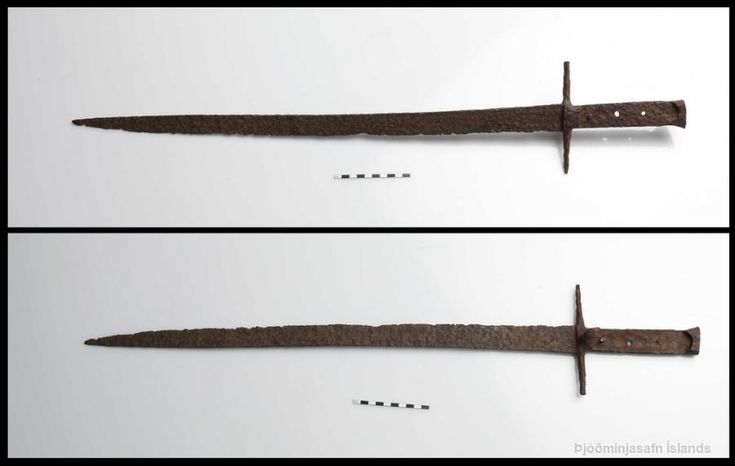The Messer sword, originating in medieval Germany, stands as a testament to the ingenuity and adaptability of European weaponry during the Middle Ages and Renaissance. Characterized by its single-edged blade and distinctive hilt, the Messer evolved from a utilitarian tool into a respected weapon used by soldiers, guardsmen, and civilians alike. Its influence extended beyond the battlefield, shaping cultural perceptions of martial prowess and personal defense.
Origins and Development
The term “Messer” itself translates from German as “knife” or “cutter,” reflecting its initial role as a multipurpose cutting tool. By the 14th century, however, it had transformed into a dedicated weapon, valued for its effectiveness in combat. The Messer typically featured a curved blade, varying in length from approximately 20 to 30 inches, which facilitated powerful slashing and thrusting motions. This design was well-suited for the close-quarters combat prevalent in medieval warfare and urban settings.
Initially, the Messer served as a more accessible alternative to the prestigious longswords wielded by knights and nobles. Its popularity grew among mercenaries and the emerging middle class, who valued its affordability and practicality. As warfare evolved, so too did the design of the Messer, adapting to meet the changing demands of combat scenarios while retaining its distinctive characteristics.
Versatility and Tactical Application
One of the Messer’s notable features was its versatility in combat. Unlike the longsword, which required ample space for wide swings, the Messer’s compact size made it ideal for confined spaces such as city streets and castle corridors. Its curved blade allowed for efficient cutting motions, while the guard protected the wielder’s hand during engagements. This combination of maneuverability and protective features made the Messer a favored weapon among soldiers tasked with defending fortifications or engaging in skirmishes.
The Messer’s effectiveness was not limited to military applications; it also found use in judicial combat and personal defense. Its prominence in civilian life underscored its cultural significance as a symbol of honor and martial prowess. Wealthier individuals commissioned Messers crafted with intricate designs and embellishments, turning them into status symbols as well as functional weapons.
Cultural and Artistic Influence
Beyond its role in combat, the Messer left a lasting impact on European culture and art. It inspired the development of related weapons such as the Swiss baselard and the Scottish dirk, each reflecting regional variations in design and application. The craftsmanship of Messer swords ranged from simple, utilitarian pieces to finely wrought examples created by skilled swordsmiths. These swords became heirlooms passed down through generations, embodying family heritage and tradition.
In addition to its physical presence, the Messer permeated literature and artwork of the era, appearing in illuminated manuscripts and epic tales of chivalry. Its depiction in these contexts reinforced its association with heroism and noble ideals, further enhancing its cultural significance.
Legacy and Modern Interpretation
As the Renaissance ushered in new technologies and tactics, the role of the Messer in warfare diminished. Firearms gradually replaced melee weapons on the battlefield, relegating swords to ceremonial and personal defense roles. Despite this evolution, the legacy of the Messer persisted in historical texts and treatises on fencing, which preserved its techniques and emphasized its effectiveness in skilled hands.
Today, the study of historical European martial arts (HEMA) has revived interest in the Messer sword. Enthusiasts and scholars alike study period manuals and archaeological findings to reconstruct the techniques and strategies employed by medieval swordsmen. This resurgence underscores the enduring appeal of the Messer as both a historical artifact and a practical weapon, shedding light on its place in the evolution of European martial traditions.
Conclusion
The Messer sword exemplifies the intersection of craftsmanship, warfare, and culture in medieval and Renaissance Europe. From its humble origins as a utility knife to its role as a respected combat weapon, the Messer’s evolution mirrors the dynamic changes in society and warfare during its time. Its influence extended far beyond the battlefield, shaping perceptions of martial valor and personal defense while leaving an indelible mark on European art and literature.
In exploring the influence of the Messer sword, we uncover not just a weapon of war but a symbol of craftsmanship, tradition, and the enduring human fascination with mastering the tools of combat. Its story continues to captivate historians, martial artists, and enthusiasts alike, ensuring that the legacy of the Messer sword remains vibrant and relevant in the study of European history and martial arts today.
